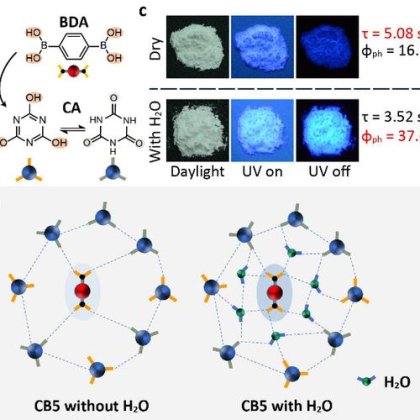| Notes | XRD spectra, user instruction for enquiring |
| Store | Below 25℃ under N2 atmosphere |
| Packaging | 1 g, or as required in glass bottle |
| Solubility | High soluble in DMF, DMSO et al |
| Appearance | Gray black solid |
| Purity | 99% |
| Linear Formula | CH5I3N2Pb |
| Mol. Weight | 632.98 |
| CAS Number | 1451592-07-6 |
| Stock Name | FAPbI3 |
| Synonym | CH(NH2)2PbI3/FAPbI3 |

Multistep optimization for the electrodeposited mixed perovskite FA1−y Csy PbBrx I3−x solar cells
Xiang, Yanhong; Zheng, Ren; Li, Chunhe; Ren, Kuankuan; Ye, Qiufeng; Shi, Biyun; Liu, Shiyan; Fang, Zebo [Nanotechnology, 2024, vol. 35, # 1, art. no. 015706]
Abstract
The electrodeposition method has recently been developed for the fabrication of perovskite solar cells due to its potential advantages in commercial preparation. However, there is few studies on the preparation of perovskite solar cells by the electrodeposition method, especially on the perovskite FAPbI3-based solar cells. Herein, we fabricated the mixed perovskite FA1−y Csy PbBrx I3−x solar cells by an optimized electrodeposition method, in which the electrodeposited PbO2 reacts directly with FAI and an appropriate amount of CsBr dopants. The corresponding solar cells display the best PCE of 4.97%. By regulating the growth temperature in the reaction between PbO2 and FAI/CsBr, the efficiency of the mixed perovskite solar cells can be promoted to 10.18%. These results illustrate that the element doping and growth environment regulation can optimize the quality of the perovskite films, thus promoting the efficiency of the perovskite solar cells. With further optimizing the growth process in the electrodeposition method, it is expected to open up a new commercial preparation route for the perovskite solar cells in the near future.
Computational insights into FAPbI3 with TiO2-ZnO as electron transport layer: A theoretical analysis
Mishra, Ankit; Nigam, Manoj Kumar [Journal of Integrated Science and Technology, 2024, vol. 12, # 2, art. no. 747]
Abstract
Methylammonium lead triiodide (MAPbI3)-based perovskite photovoltaic cell's stability is lower than that of its formamidinium lead triiodide (FAPbI3)-based counterparts. Despite this, MAPbI3 solar cells offer a unique benefit regarding total power conversion efficiency (PCE). The PCE of FAPbI3 solar cells was improved while maintaining their thermal stability. To determine essential parameters, the inquiry consults a variety of theoretical and experimental sources. Variations in the defect density, thickness of layers, and level of doping of the absorption layer, which is the electron transport layered (ETL), as well as the hole transportation layer (HTL) are taken into consideration, and the ideal parameters are found by a methodical examination. For the configuration FTO/TiO2/ZnO/FAPbI3/Spiro-OMeTAD/Au, the best simulation result, providing a PCE of 28%, is obtained using an open-circuit voltage (VOC), a circuit that is shorted current of 26.62 mA/cm, and a fill-factor (FF) of 88.5%. The suggested structure has strong thermal durability at 300 K. The effects of various transportation multiple layers affect energy band alignment, electrical field, and Recombination, and the IV properties are also thoroughly investigated.
| Characteristic 1 | I |
| Characteristic 2 | Pb |













